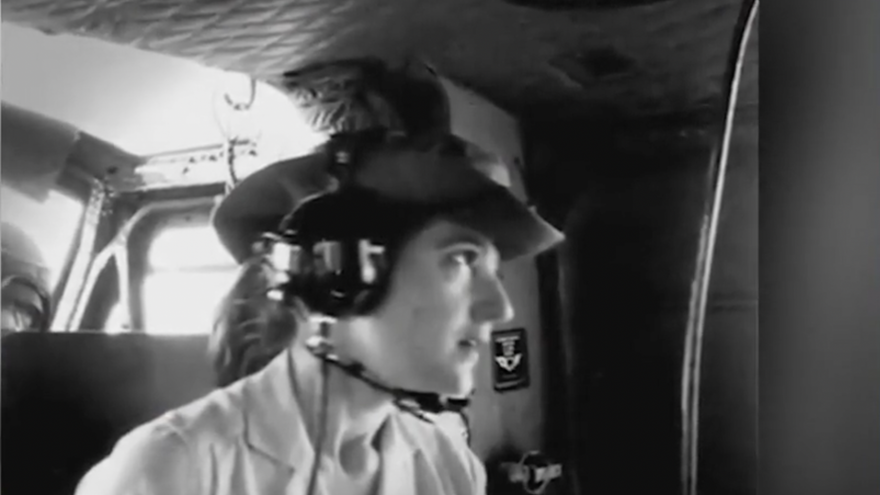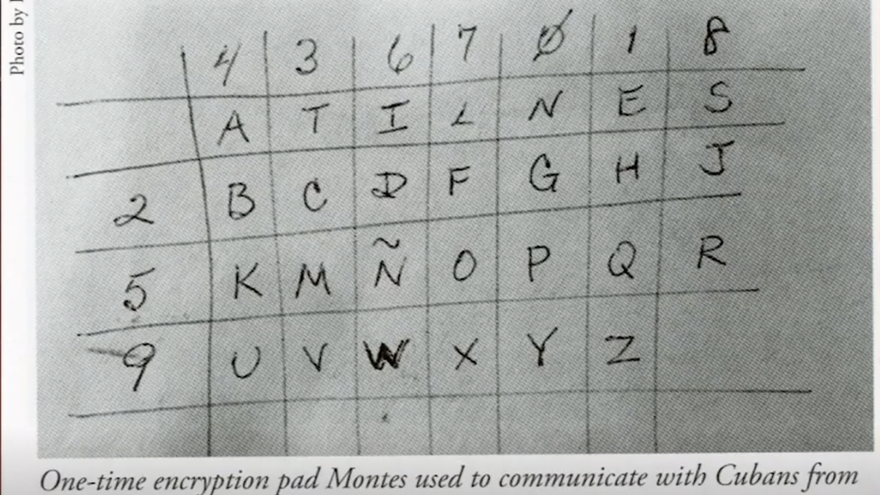
![]() 14ymedio, Havana, 30 November 2023 — The days before her arrest, on September 21, 2001, the spy Ana Belén Montes lived immersed in stress that she tried to mitigate with meditation and sports. She had asked her contacts in Havana for “a boyfriend,” because she was thinking of leaving counterintelligence and rebuilding her life. It wasn’t to be: after 17 years serving Fidel Castro, Montes was arrested by the FBI.
14ymedio, Havana, 30 November 2023 — The days before her arrest, on September 21, 2001, the spy Ana Belén Montes lived immersed in stress that she tried to mitigate with meditation and sports. She had asked her contacts in Havana for “a boyfriend,” because she was thinking of leaving counterintelligence and rebuilding her life. It wasn’t to be: after 17 years serving Fidel Castro, Montes was arrested by the FBI.
The man who put the handcuffs on her after months of investigation, Pete Lapp, tells Montes’ story in great detail in his book Queen of Cuba, which will be presented this Friday, at seven p.m., at the Books and Books bookstore in Miami. Lapp – who gave a detailed interview to 14ymedio when the spy was released last January, after 20 years of imprisonment – believes that Montes’ work for Havana can be summed up in a symbol: her shortwave radio.
The device, a Sony brand which was confiscated by the FBI after the arrest, accompanied Lapp during his conversation with journalists Juan Manuel Cao and Miguel Cossío, on América TeVé. With that radio, Montes wrote down the coded messages that Havana transmitted on the Radio Habana Cuba station and received instructions from her Cuban bosses.
The agent, who today works as the head of the Threat Analysis Center of the US Department of Defense, defines Montes as a very intelligent woman and an exceptional spy. From 1950 to 2021, Lapp explains, 148 spies of different nationalities were identified in the United States. Of them, only 12 were women, seven of them of Hispanic origin and all linked to high positions in government institutions.

Only Montes was single and held a prominent position as Washington’s chief analyst on Cuba-related issues. “The Cubans were very careful not to refer to her gender in the encrypted communications that we intercepted,” says Lapp. In fact, the messages constantly talked about Agent S, sometimes called Sergio, so as not to give away Montes or her alias: Sonia.
Montes had a contact who assisted her in the United States, a certain Ernesto, Lapp details, and an anonymous boss in Havana, to whom she passed the information she collected. “The more prestige she gained as an analyst in Washington, the more meetings she was invited to and the more access she had to confidential information,” she adds. “Her skill opened many doors for her.”
“The day we arrested her, her boss said: she was my best analyst,” says the former FBI agent. To reach Montes, it took years of hunting until, in 1994 – with the dismantling of the so-called Wasp Network of Cuban spies – a method to decrypt Cuban communications began to be seen more clearly.

“This is how Agent S was identified,” says Lapp, who, being a radio amateur since he was a child, found an additional clue: Havana was not transmitting to someone who had a radio in Miami, but to a person located much further away, in a city from the northern United States. When Lapp found the Sony device in Montes’ apartment, he had no doubt that the FBI’s hypotheses had been correct.
A photograph from 1988 is, for Lapp, another of the images that summarizes Montes’s life. The image shows the spy with her family. Her father, a former soldier, and two of her brothers, who had successful careers in US government agencies. When that photo was taken, Montes had already traveled clandestinely to Cuba on two occasions, she had been awarded a medal and – although Lapp regrets not being able to prove it – she had “blood on her hands.”
The information that Montes provided to Havana might have cost the life of Gregory Fronius, a US soldier murdered in El Salvador. When Montes was questioned after her arrest, she told Lapp that the US soldiers who died as a result of the information she sent to Cuba “knew the risk” of working for a “war machine” like the USA.
After 20 years, Lapp claims that he does not admire the Cuban intelligence services, but he does recognize their ability to find cold, intelligent people willing to do anything for the regime, like the “queen of Cuba” Ana Belén Montes.
____________
COLLABORATE WITH OUR WORK: The 14ymedio team is committed to practicing serious journalism that reflects Cuba’s reality in all its depth. Thank you for joining us on this long journey. We invite you to continue supporting us by becoming a member of 14ymedio now. Together we can continue transforming journalism in Cuba.
